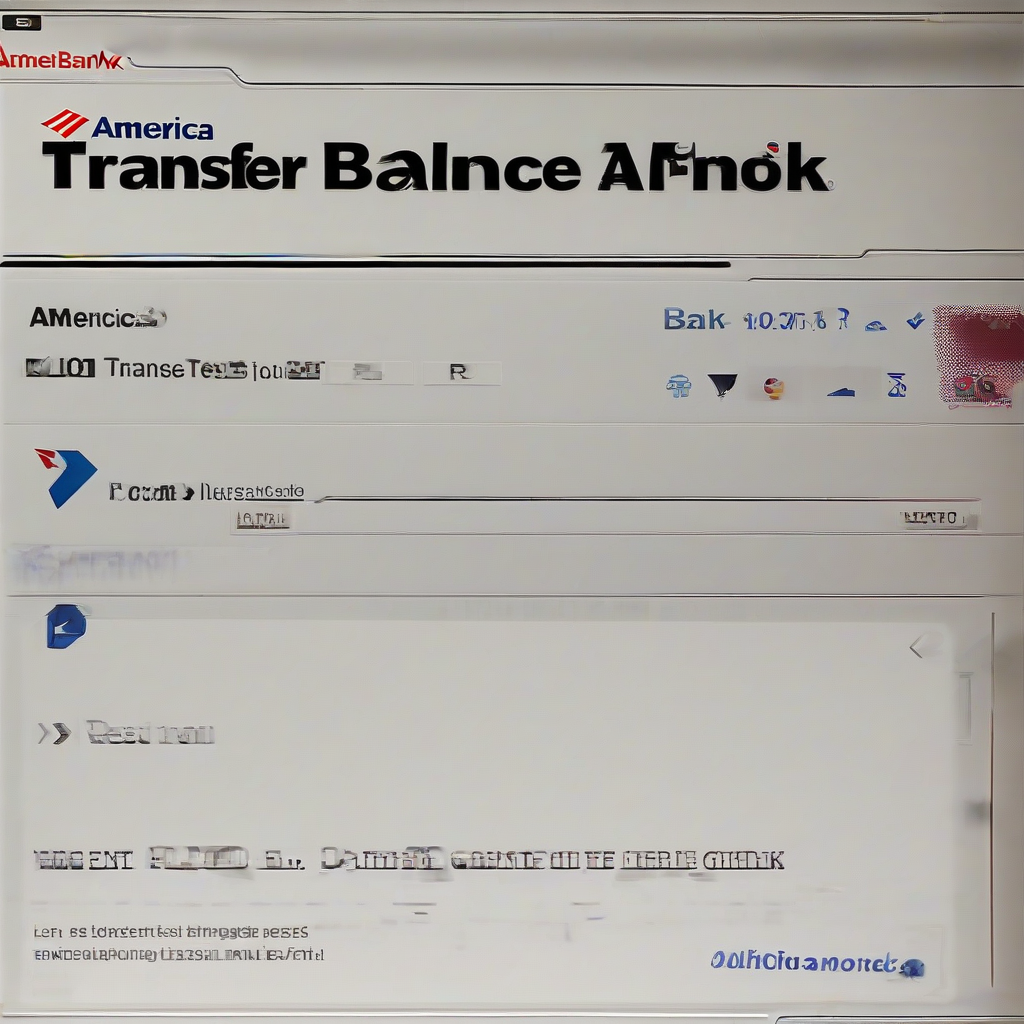Unlocking Financial Freedom: A Deep Dive into 0% APR Balance Transfers
A 0% APR balance transfer can be a powerful tool for managing debt and saving money. This in-depth guide will explore everything you need to know about these offers, from understanding the basics to navigating the potential pitfalls.
What is a 0% APR Balance Transfer?
A 0% APR balance transfer is a type of credit card offer that allows you to transfer the outstanding balance from another credit card (or even a loan) to a new card with a promotional interest rate of 0% for a specific period. This means you won’t accrue any interest charges during this promotional period, giving you valuable time to pay down your debt without the burden of accumulating interest.
- Key Benefit: The primary advantage is the opportunity to significantly reduce the total cost of your debt by eliminating interest charges for a set timeframe.
- Strategic Debt Management: It provides a structured approach to tackling high-interest debt, allowing for more focused repayment efforts.
- Financial Flexibility: The saved interest can be redirected towards accelerating debt repayment or other financial goals.
How 0% APR Balance Transfers Work
The process typically involves applying for a new credit card with a balance transfer offer. Once approved, you’ll transfer your existing debt from your old card to the new one. The credit card issuer will then handle the payment to your previous creditor. There’s usually a limited time window to complete the transfer, and the process might involve a small fee.
- Application Process: Involves a credit check and assessment of your creditworthiness.
- Transfer Period: The 0% APR period is usually specified (e.g., 12, 18, or 24 months).
- Fees: Many cards charge a balance transfer fee, typically a percentage of the transferred amount (e.g., 3-5%).
- Payment Schedule: Creating a realistic payment plan to pay off the balance within the promotional period is crucial.
Finding the Right 0% APR Balance Transfer Card
Selecting the right card is crucial to maximizing the benefits. Carefully compare offers from different issuers, focusing on the following factors:
- Promotional APR Period: Longer periods provide more time to repay the balance.
- Balance Transfer Fee: Choose cards with lower or waived fees if possible.
- Credit Limit: Ensure the card’s credit limit is sufficient to cover your existing debt.
- Annual Fee: Avoid cards with high annual fees, as these can negate the benefits of the 0% APR.
- Credit Requirements: Understand the minimum credit score required for approval.
- Comparison Websites: Utilize websites that compare balance transfer offers to streamline the search process.
Calculating the Savings
Understanding the potential savings is key. Consider the following:
- Original Interest Rate: The interest rate on your existing card determines the potential savings.
- Promotional Period: A longer 0% APR period leads to greater savings.
- Balance Transfer Fee: Factor in the fee when calculating net savings.
- Repayment Plan: A realistic repayment plan is essential to fully realize the benefits.
- Interest After Promotional Period: Be aware of the interest rate that applies once the promotional period expires. This is often very high.
Potential Pitfalls and Considerations
While 0% APR balance transfers offer significant advantages, it’s crucial to be aware of the potential drawbacks:
- Missed Payments: Late or missed payments can negate the benefits and trigger interest charges, often at a high rate.
- High Interest After the Promotional Period: The interest rate after the 0% period ends is typically very high, so it’s critical to pay off the balance before the promotional period expires.
- Balance Transfer Fees: While seemingly small, these fees can add up, reducing overall savings.
- Credit Score Impact: Applying for multiple cards can temporarily lower your credit score.
- Not a Long-Term Solution: This is a tool for managing existing debt, not a solution for long-term financial problems.
- Debt Consolidation vs. Balance Transfer: Consider if a debt consolidation loan might be a more suitable option depending on your circumstances.
Creating a Successful Repayment Plan
A well-structured repayment plan is crucial for success:
- Determine Minimum Payments: Understand the minimum payment required each month.
- Calculate Accelerated Payments: Determine how much you can afford to pay above the minimum to pay off the balance within the promotional period.
- Budgeting and Financial Discipline: Create a budget to ensure you can consistently make the required payments.
- Automatic Payments: Set up automatic payments to avoid missed payments.
- Track Progress: Regularly monitor your progress and adjust your plan as needed.
Alternative Debt Management Strategies
While 0% APR balance transfers are a valuable tool, other debt management strategies might be more appropriate depending on individual circumstances. These could include:
- Debt Consolidation Loans: Combine multiple debts into a single loan with a potentially lower interest rate.
- Debt Management Plans (DMPs): Work with a credit counseling agency to create a plan for managing and repaying debts.
- Debt Settlement: Negotiate with creditors to settle debts for a reduced amount (generally a last resort).
- Bankruptcy: A legal process for managing overwhelming debt (as a last resort).
Understanding Your Credit Report
Before applying for a 0% APR balance transfer card, review your credit report. This will give you a clear understanding of your credit score and help you identify any potential issues that could impact your application.
- Check for Errors: Ensure your credit report is accurate and free of errors.
- Credit Score Range: Understand your current credit score and how it affects your eligibility for different cards.
- Credit Utilization: Monitor your credit utilization ratio (the amount of credit you’re using compared to your total available credit).
The Importance of Transparency and Communication
Maintain open communication with your credit card issuer. Understanding the terms and conditions of the offer is crucial. Be sure to read all the fine print before applying.
- Terms and Conditions: Thoroughly review the terms and conditions of the balance transfer offer.
- Contact Customer Service: Don’t hesitate to contact customer service if you have any questions or concerns.
- Regular Monitoring: Keep track of your payments and account balance regularly.
Conclusion (Omitted as per instructions)




